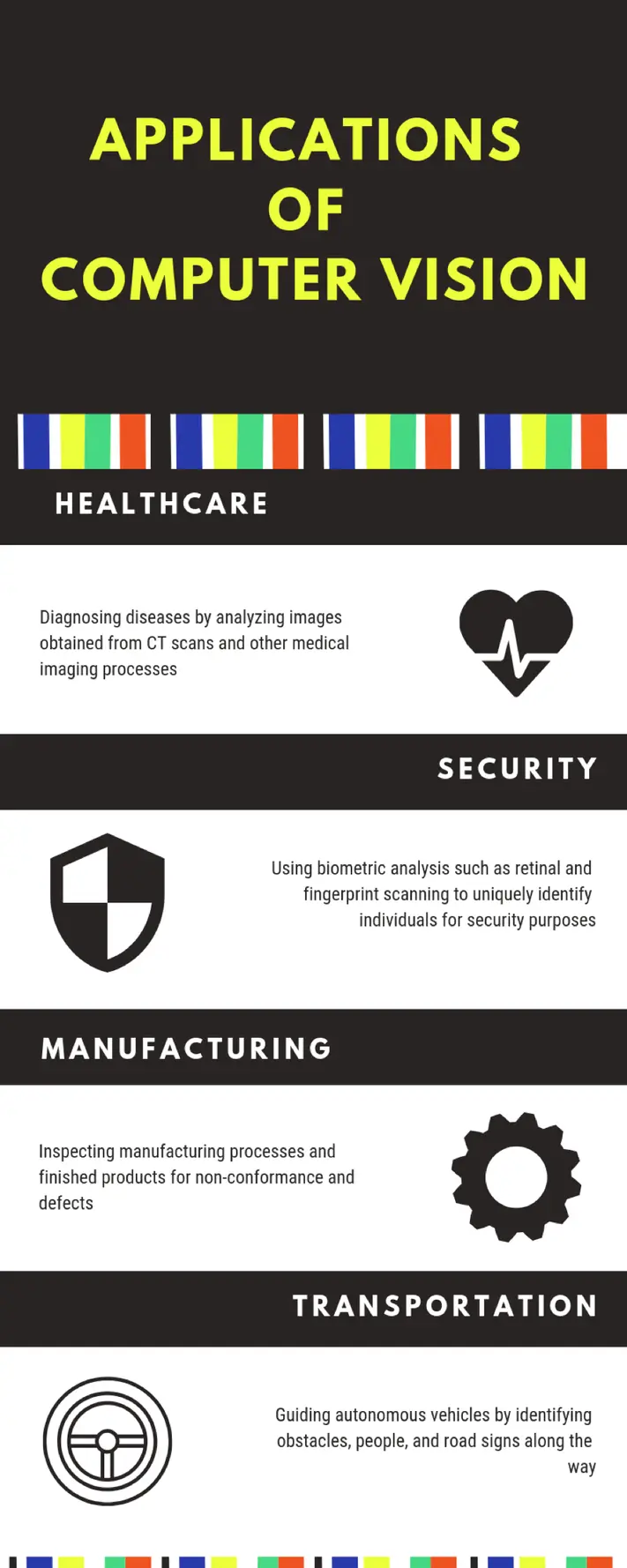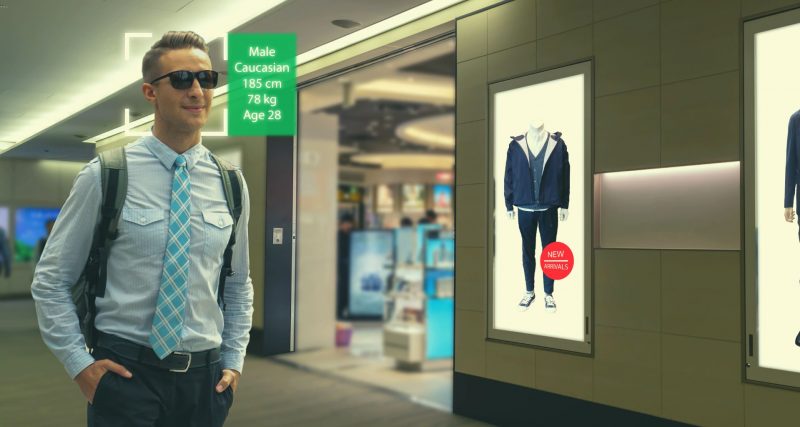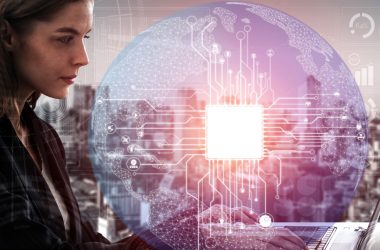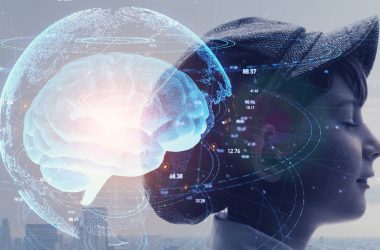In today’s rapidly evolving tech landscape, computer vision (CV), a facet of artificial intelligence (AI) enabling computers to comprehend and analyze digital images and videos, is a forefront technology transforming various sectors. From retail, health care, and security to autonomous vehicles, this ingenious technology continuously influences our lives and how we perceive the world. As we delve deeper into 2023 and the years beyond, it is intriguing to understand the future of computer vision. Let’s try and explore the emerging trends and provide predictions on the future of computer vision.
#1 Advancements in Deep Learning Models
Deep learning models play a pivotal role in computer vision, facilitating systems to detect, identify, and interpret objects within images and videos. In the past years, convolutional neural networks (CNNs) have dominated computer vision tasks. However, 2023 and beyond will witness a paradigm shift with the advent of transformer-based models. Unlike CNNs, these models can analyze the entire image at once rather than in patches, resulting in higher precision and efficiency. Transformers, first implemented successfully in natural language processing (NLP), are set to revolutionize the computer vision landscape.
#2 Integration of Computer Vision and Augmented Reality (AR)
Computer vision’s amalgamation with augmented reality is a promising trend that’s reshaping industries like e-commerce, gaming, and entertainment. With the aid of CV technology, AR applications can more accurately perceive and understand the real-world environment, providing more immersive and interactive user experiences. This trend is set to explode in 2023 and beyond, driving the growth of sophisticated AR applications.
ADVERTISEMENT
#3 Proliferation of Edge Computing in CV
Edge computing, which processes data closer to its source, is a burgeoning technology predicted to enhance computer vision applications. By performing CV tasks on local devices like smartphones or IoT devices, edge computing minimizes latency, reduces data transfer costs, and enhances privacy. Given these advantages, the marriage of edge computing and CV is a key trend to look out for in the coming years.
#4 Autonomous Vehicles and Drones
Autonomous vehicles and drones are significant applications of computer vision technology. Advanced driver assistance systems (ADAS) use CV to perceive surroundings, navigate routes, and detect obstacles. Meanwhile, drones leverage CV for image and video capture, mapping, surveillance, and more. As the technology matures, the adoption of CV in these domains is projected to increase exponentially in the future, becoming even more accurate and reliable.
#5 Facial Recognition and Biometric Systems
Facial recognition and biometric systems are other crucial applications of CV technology. From unlocking smartphones to surveillance, these systems are increasingly becoming a part of our daily lives. As privacy concerns rise, the development of more secure and efficient facial recognition technologies is anticipated. Expect to see advancements in biometric systems that ensure privacy while maintaining high levels of accuracy.
ADVERTISEMENT
#6 Precision Agriculture and Food Quality Control
The agriculture sector is also benefiting from the advancements in computer vision technology. From crop monitoring, pest identification to food quality control, CV has shown immense potential in boosting productivity and reducing waste. In the coming years, we can expect more sophisticated CV tools for precision agriculture and food quality control.
Predictions for the Future of Computer Vision
As we move beyond 2023, it is clear that computer vision technology is poised for groundbreaking advancements. Here are some predictions for the future of CV:
#1 The rise of Explainable AI (XAI):
As AI systems become more complex, there will be a growing demand for explainability. Users will want to understand how these systems reach their conclusions, leading to the development of more transparent models.
ADVERTISEMENT
#2 Privacy-preserving computer vision:
With increasing data privacy concerns, we might see the rise of privacy-preserving computer vision techniques. Techniques such as federated learning and differential privacy can ensure data security while allowing computer vision applications to learn from vast datasets.
#3 Personalized advertising and retail:
Computer vision will continue to advance personalized advertising and retail experiences. It will enable systems to understand customer behaviors and preferences, leading to more personalized and engaging shopping experiences.
#4 Wider adoption in healthcare:
Computer vision will find broader adoption in healthcare for disease detection, surgical assistance, patient monitoring, and more. It will significantly contribute to early diagnosis and efficient patient care.
#5 Improvements in 3D perception:
Although computer vision has made significant strides, understanding 3D environments remains a challenge. Future advancements will see more precise 3D perception, enabling applications such as robotics and autonomous vehicles to interact more effectively with their environment.
#6 Micro-expression analysis:
Computer vision could improve to recognize micro-expressions – brief, involuntary facial expressions that occur as a result of emotional responses. This could revolutionize sectors like security, psychology, and even entertainment.
Conclusion
The future of computer vision is undoubtedly exciting. With continuous research and advancements in technology, CV is set to redefine the way we interact with the world around us. From more interactive AR experiences to privacy-preserving techniques, from autonomous vehicles to precision agriculture, the applications are seemingly endless.
The road ahead for computer vision is full of fascinating opportunities and challenges that will push the boundaries of what is currently possible. In this era of digital transformation, one thing is clear: computer vision will continue to play a central role in shaping our future.









